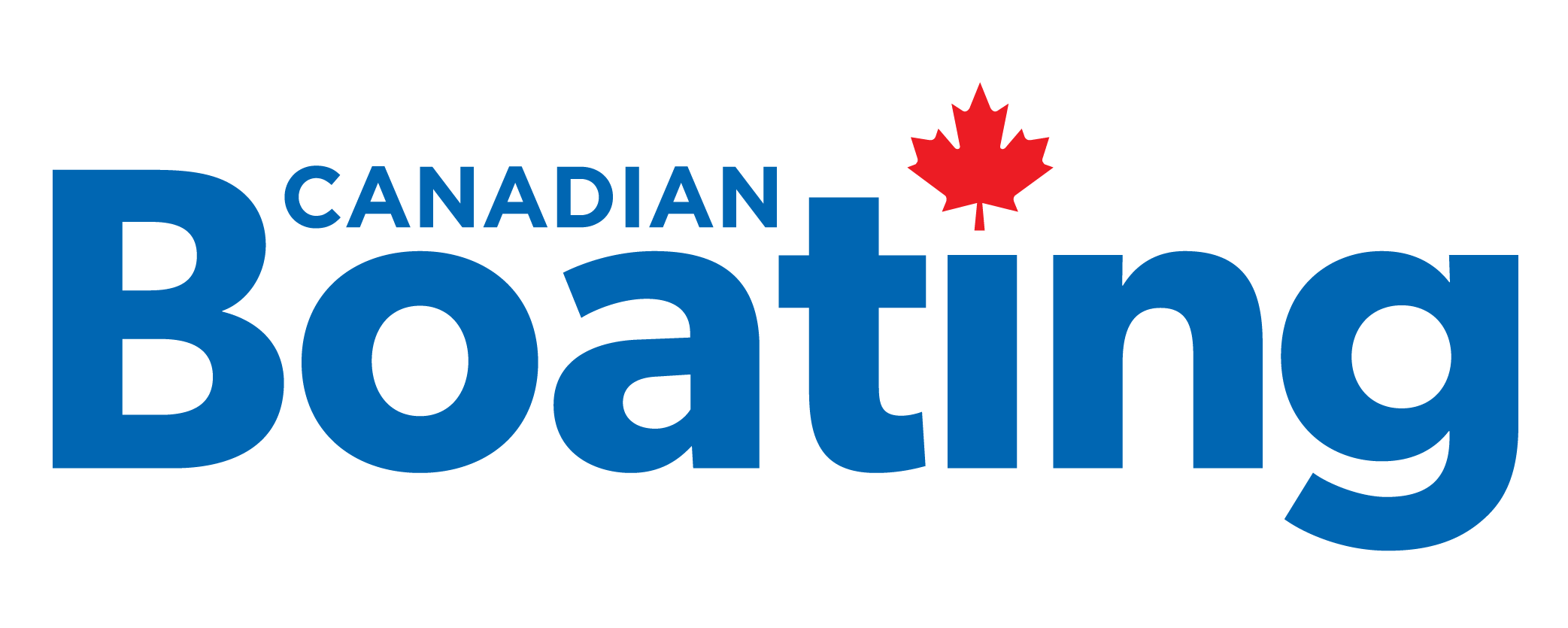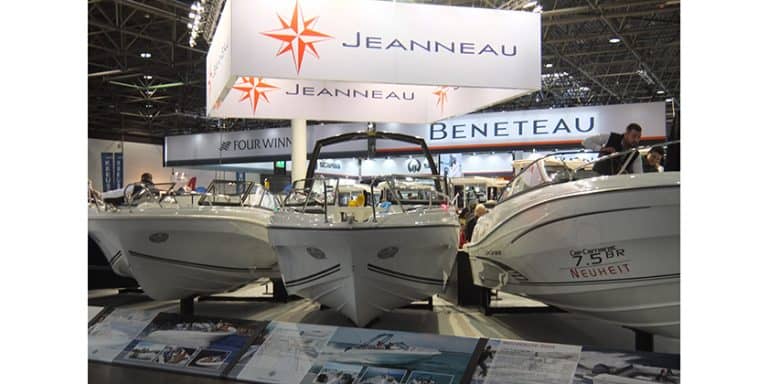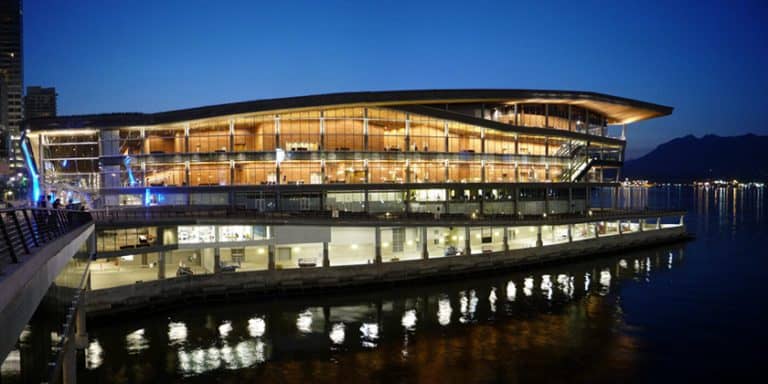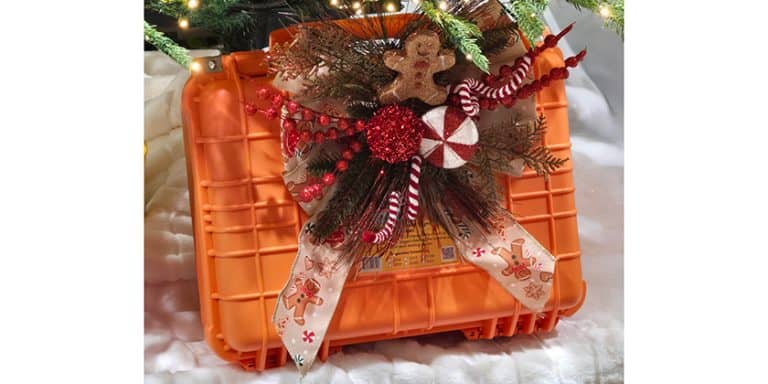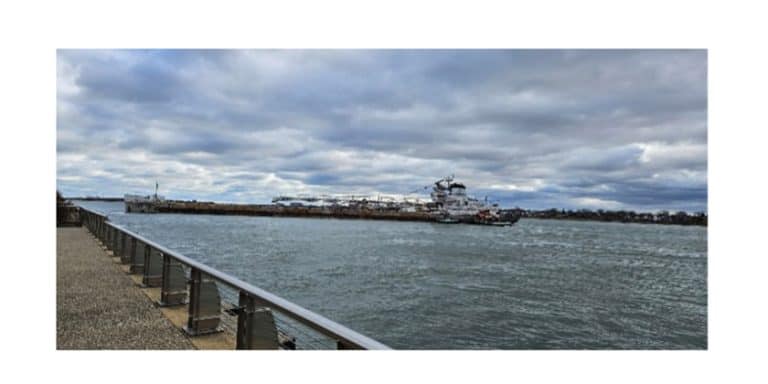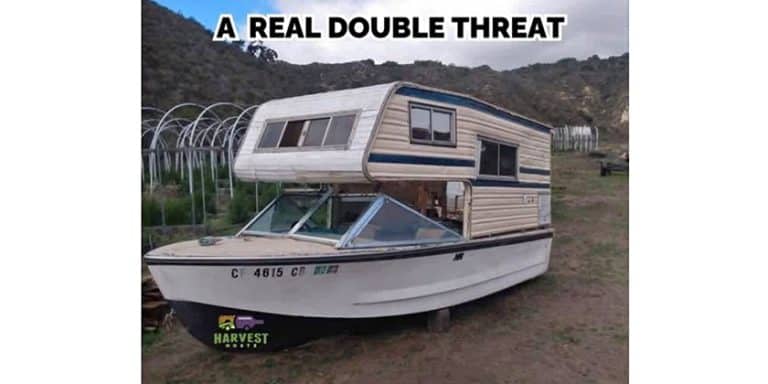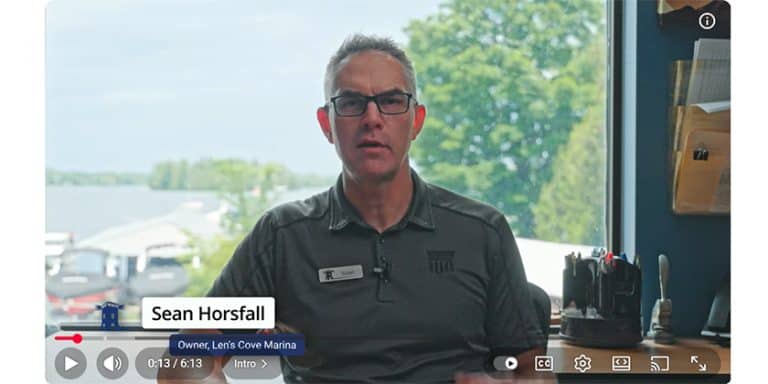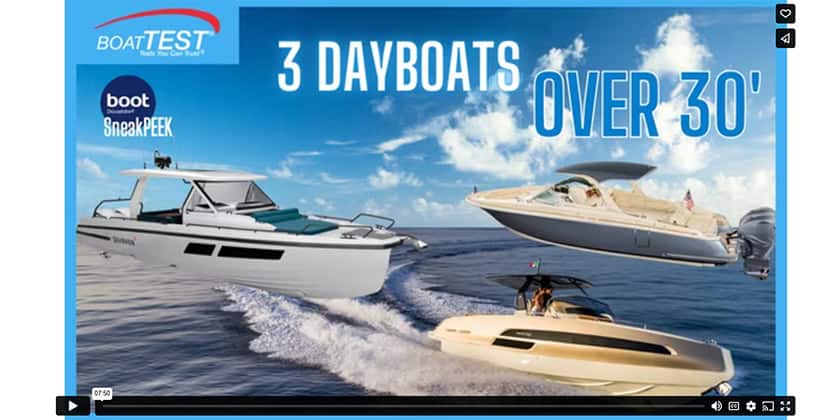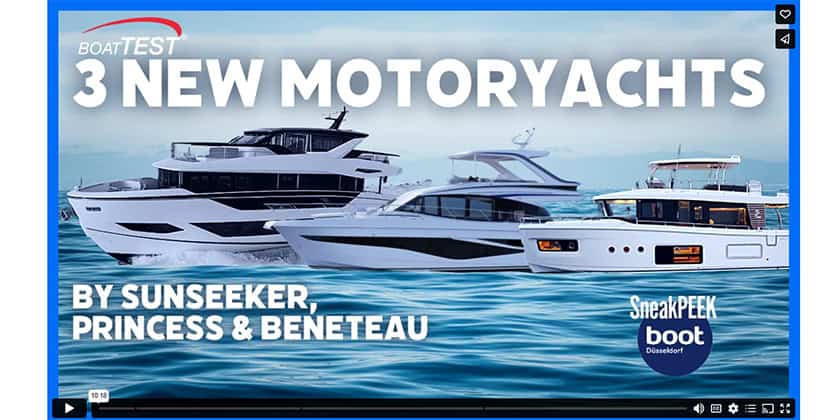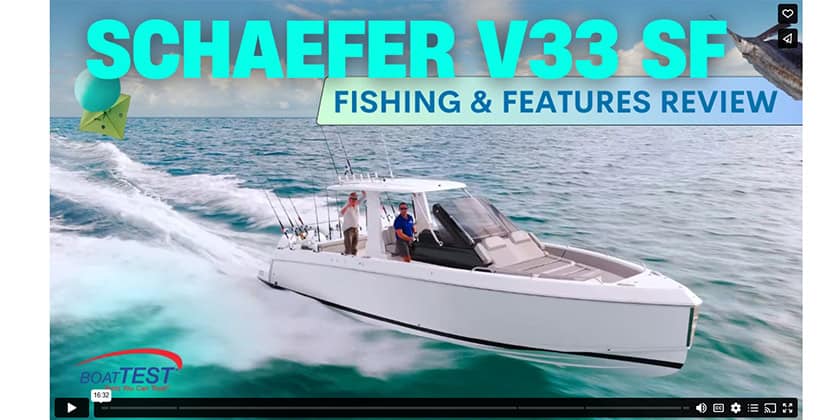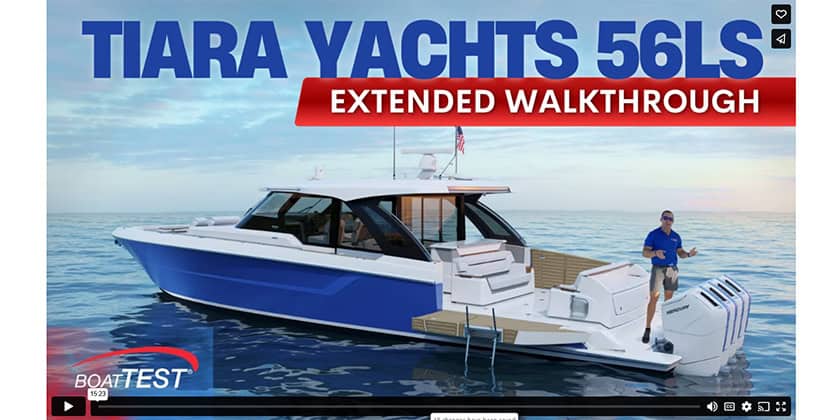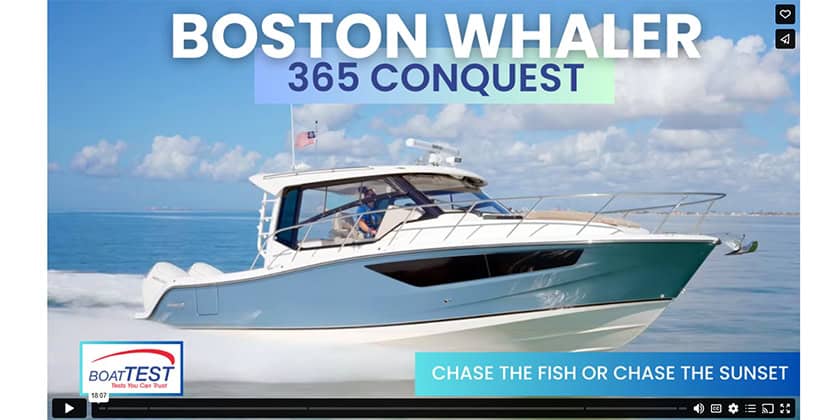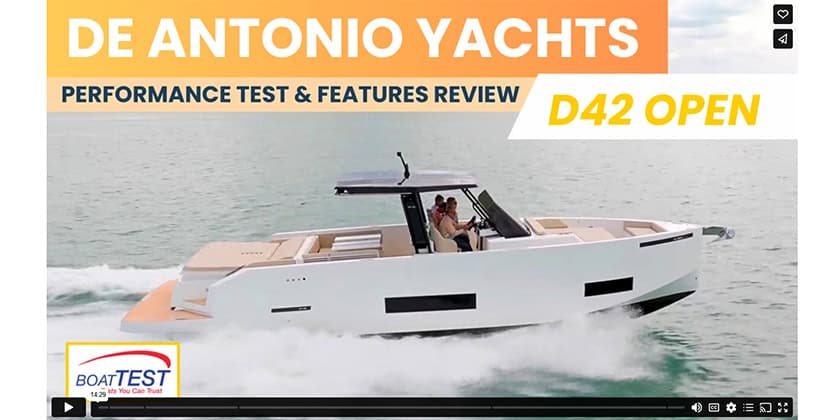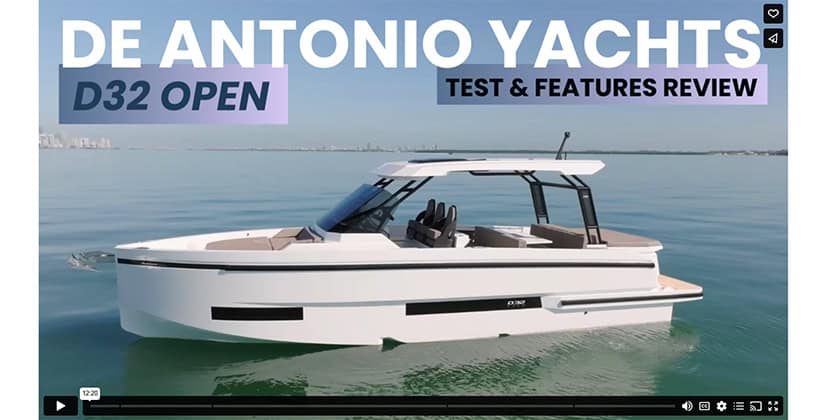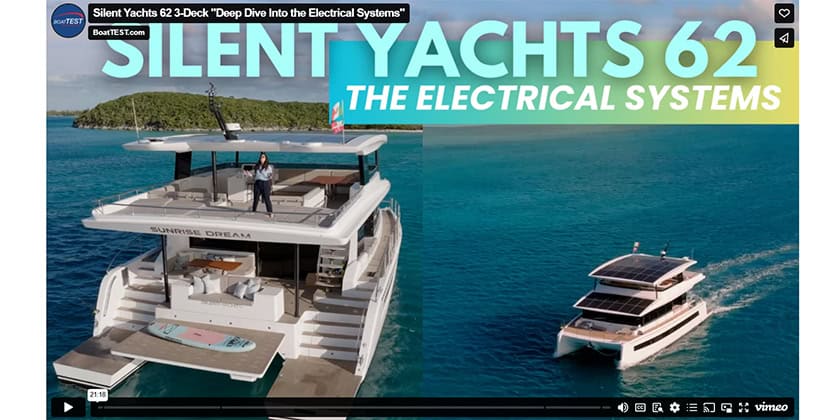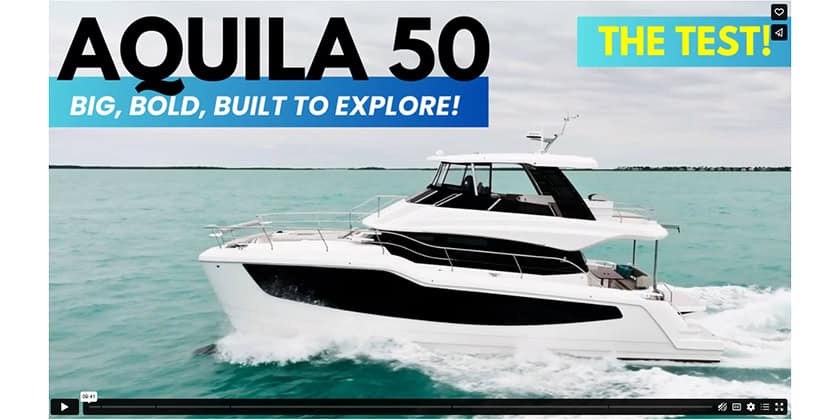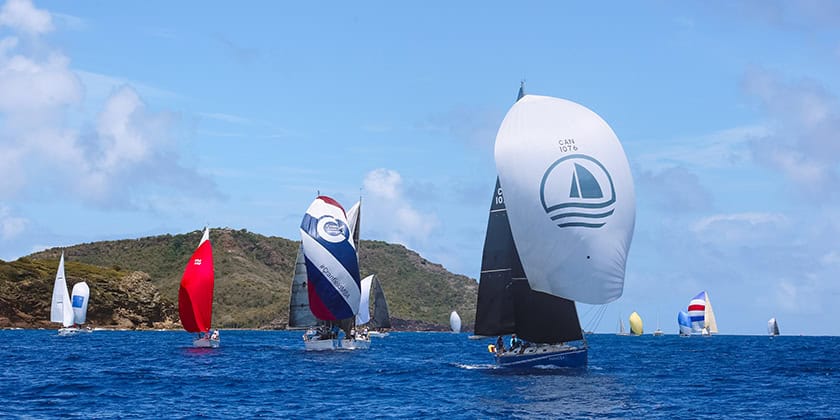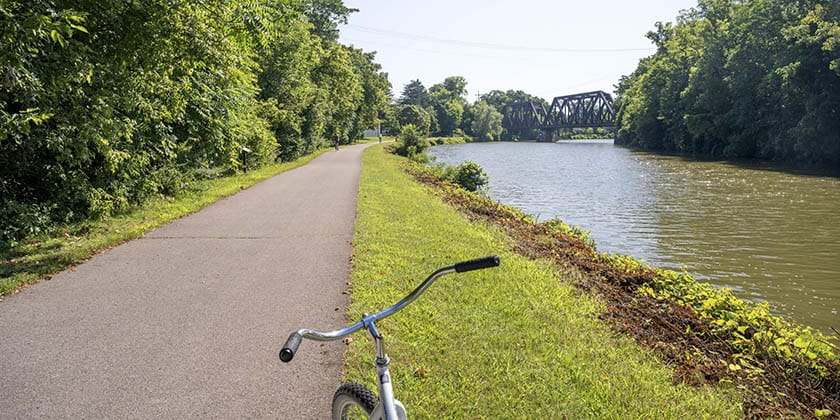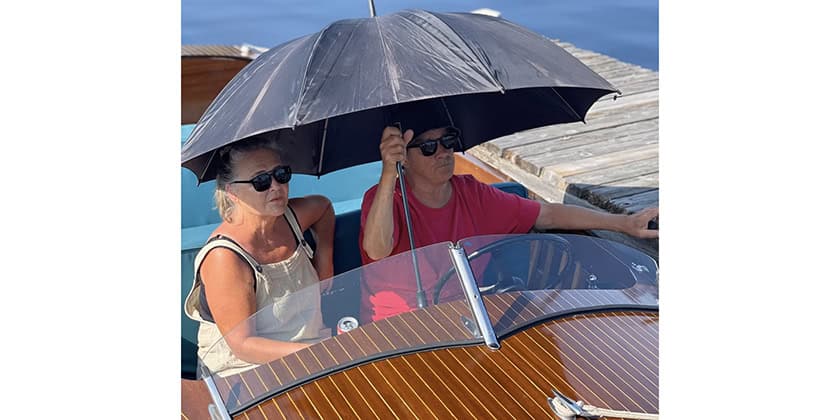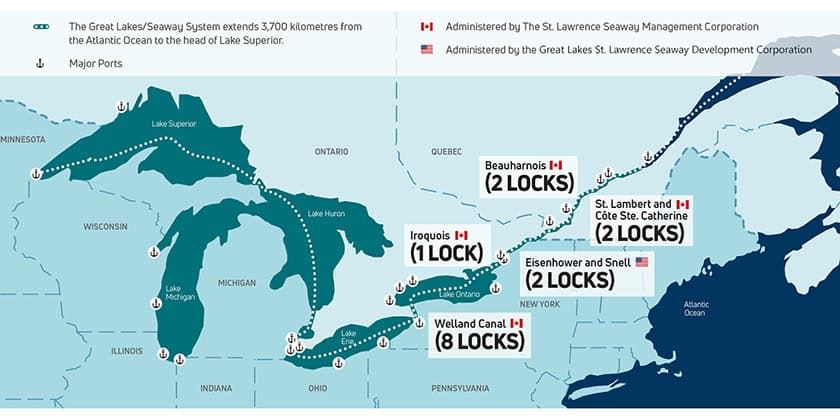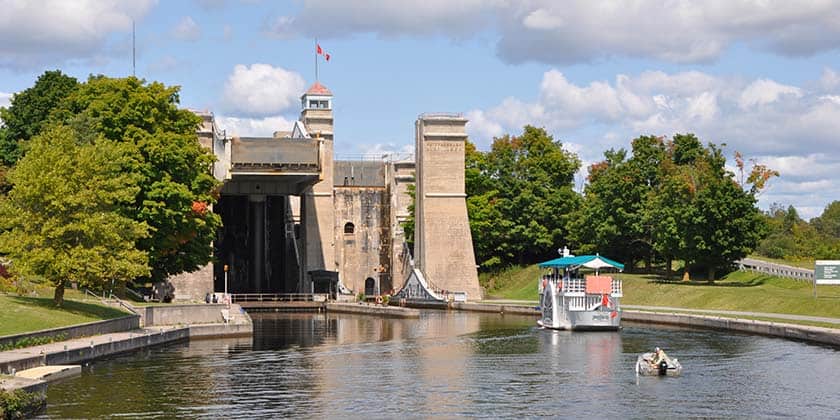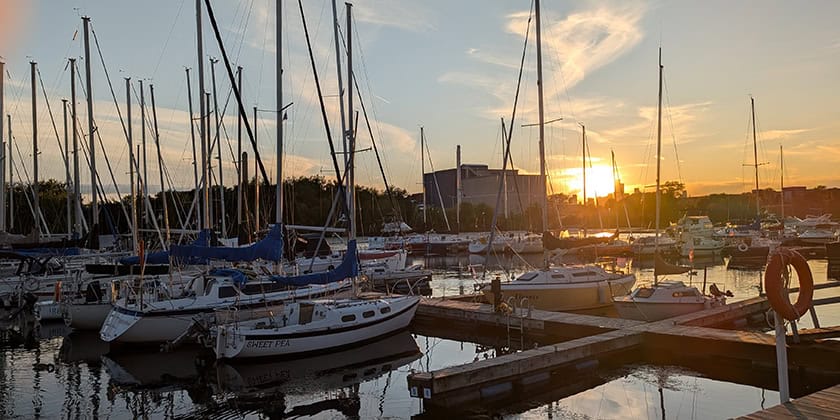Ask Andrew: Upgrading Safety Part 2
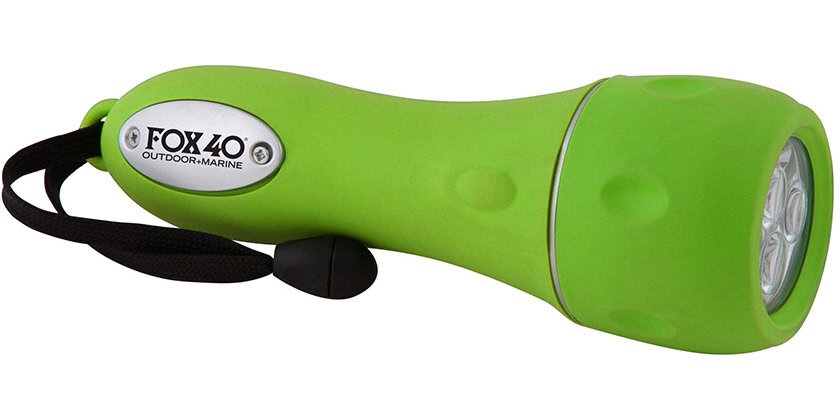
Apr 10, 2025
Transport Canada’s Safe Boating Guide will tell you exactly what you need but doesn’t force you to dig deep. As an example – it may tell you to have an anchor and rode of a particular length, but doesn’t specify what kind or size of anchor, the thickness of the anchor rode, or the condition of the rope or chain.
Last week we started with the first part of my safety item list that boat owners/captains should give thought to, from the viewpoint of upgrading safety; here’s the second part of the list of items:
- Flashlights and emergency lighting. Make sure that flashlights function, are easily accessible, and have charged batteries. I would even go a step further and say: Flashlights can be a comfort thing, but they’re also a safety thing. Buy the best quality that you can, with the longest lifespan that you can
- Safety Kits are quite common on smaller vessels: A bailing bucket with a throw-rope, a whistle and a flashlight. These are great kits and meet the letter of the law – but aren’t always practical. Make sure that the ‘bailing bucket’ could actually work in the event that you are taking on water and ensure that a quality flashlight replaced the relatively cheap one found in many of these kits. In the interest of safety, it may make sense to build your own, using quality individual components.
- Anchors: The anchor is a often used to enjoy a day in the water, near a beach or to stay overnight. But it’s also a safety feature. Ensure that the size, type and weight of the anchor that you have aboard is sufficient to drop during a storm to prevent your vessel from running aground. Check the anchor rode – ensure that the chain is sound, the shackles and connections are solid, and that the rope is quality and strong.
- The paddle. In many cases, a paddle isn’t a practical device to get you and your boat back to shore. Rather, it serves three functions: It will keep the boat into the wind, while anchored (waiting for help to arrive), it can serve as an auxiliary steering device, and it can get you back to shore. Ensure that your paddle is robust enough to serve in all three functions.
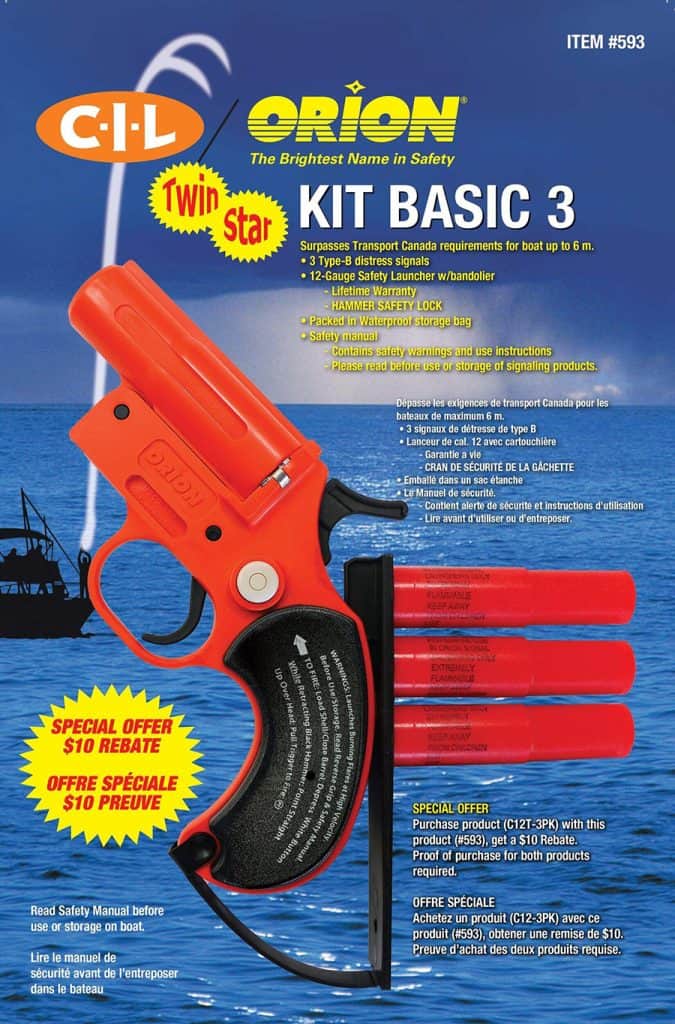
- Flares – In Canada, marine flares four years after the date of manufacture. Check the manufacture date on all your flares and replace as needed. Drop off your expired flares are an authorized disposal location (often local chandleries have ‘flare disposal days’ to help with this and check our OnBoard news for updates.)
- Fire extinguishers: Check location, type, expiration date and pressure. Make sure you know where your extinguishers are mounted, and that the location makes sense (ie you’ll be able to access an extinguisher no matter where you are, to allow yourself to find a path to safety).
- Cleats and cleat bedding: check your vessel’s (and dock’s) cleats for wear and tear. Go a step further and check to ensure that the material that the cleat is bedded to is also secure
- Check your mooring lines and replace as needed. Make sure that you have a few spares aboard, in case. And ensure that your mooring lines work to prevent your boat from moving forward, aft, or away from dock.
- Check your steering system: Cables, hydraulics, rudder, rudder bushings, steering quadrant, hardware, tiller. There are a lot of options and steering combinations. Bottom line: Make sure it all works correctly and is maintained well.
- Engine maintenance. Not commonly included in ‘safety features’ – but I would consider a well-working engine to be a first line of defense against accidents. Make sure that you engine shifts and throttles well, and that it starts easily.
- For sailors -standing rigging: Make sure that your chainplates, deck hardware, cables, mast, mast, turnbuckles, spreaders, etc are all in tip-top condition.
- Running rigging: All the parts that take the sails up and down and side-to-side: Replace anything that needs replacements and adjust where needed.
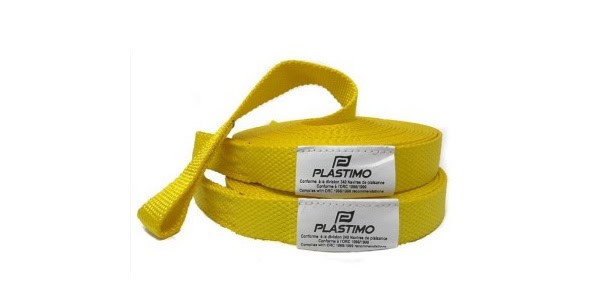
- Rails, stanchions and lifelines: Make sure that all are in tip-top form, and that your guest are aware of dangers aboard, and where they should (or shouldn’t) hold onto.
The goal here is to keep your boat sound, all aboard safe even if things get a little sideways.
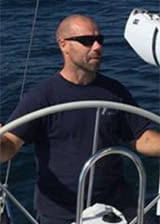
Andrew McDonald is the owner of Lakeside Marine Services – a boat repair/maintenance firm based in Toronto. Andrew has worked in the marine industry for 12 years and is a graduate of the Georgian College ‘Mechanical Techniques – Marine Engine Mechanic’ program. Questions or comments for Andrew? Email him directly via: info@lakesidemarineservices.ca
